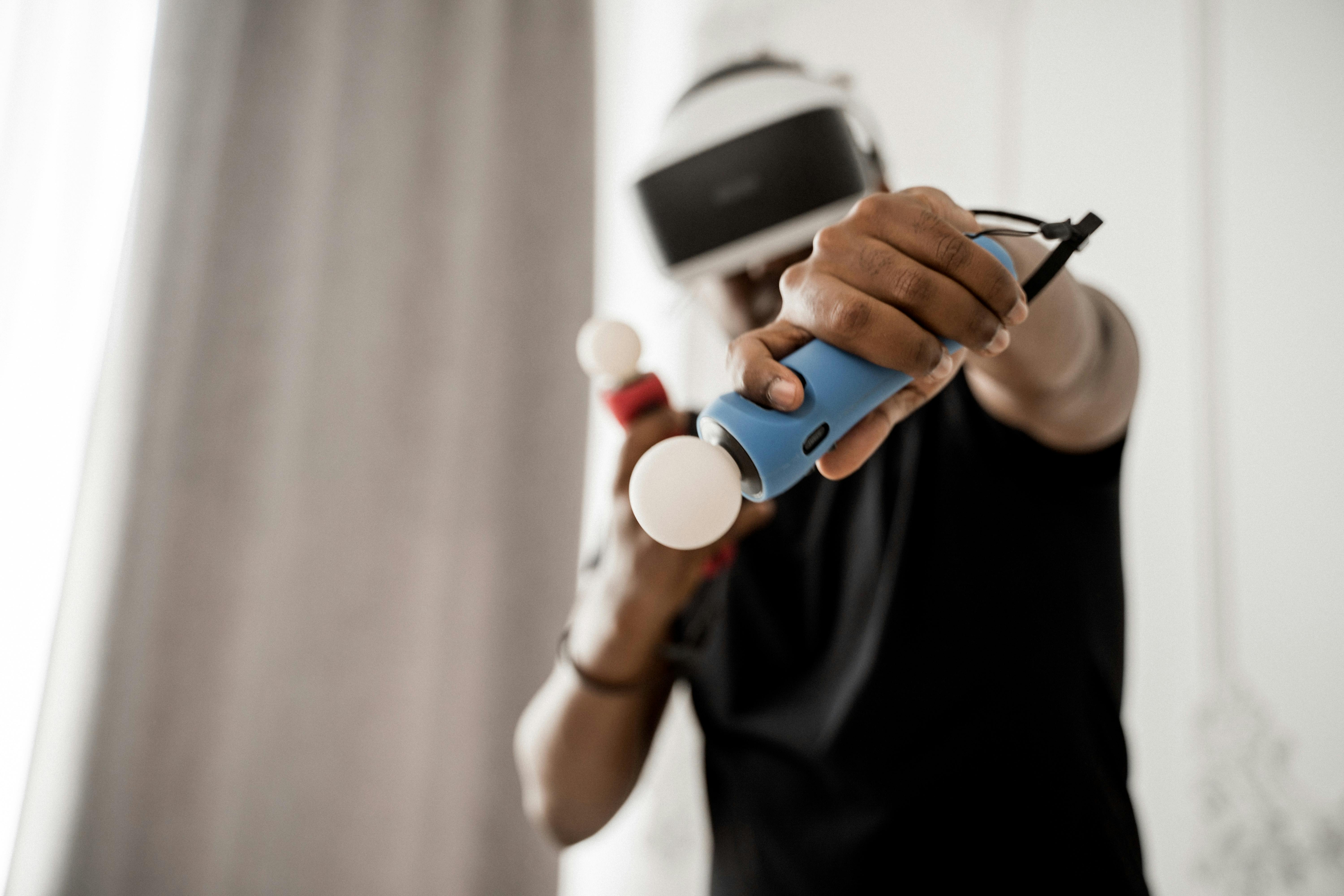On this mountain in northern Cyprus, overlooking the village of Vouni, stands a palace. As you look at the fragmentary walls, let your guide be a figure from 483 BC. C., when Persia and Greece fought to dominate the island. Cyprus is divided into several small kingdoms. Your guide is Himilcar, an elderly statesman and advisor to Doxandros, King of Marion. Marion is a city not too far away, and the Persians built this palace for Doxandros, who has sworn allegiance to them.
Come to the old entrance on the southwest side of the building. Can you hear Himilcar mutter to himself as he approaches the palace?
“Fifteen years have passed since the Greeks of Ionia started the Great Revolt. Did they learn nothing from the defeat?
“Oh hello, stranger. I didn’t see you there. Come here, under the porch. Our warm Cypriot sun will bake your brain in another way. What is the Great Revolt, you ask? What cave have you been living in? The cities of Ionia in Asia Minor rebelled against our Persian King of Kings The Cypriot kings who favored Greece, in cities like Soli, also rebelled.
“But the revolt was doomed from the beginning. The dominions of the King of Kings extend from Egypt to India and his army is uncountable. He crushed the revolt in Cyprus in a matter of days.”
But come in, come in. I am Himilcar, chief advisor to King Doxandros of Marion. Have you ever been to a Persian palace? Yes, it really is Persian, Persian in design and Persian in construction.
“How did that happen, you ask? During the Great Revolt, King Doxandros remained loyal to the Persians. As a reward, the King of Kings built this palace for him.
A pair of guards, with their round shields slung across their backs and their long sheathed swords, stand in front of the entrance.
In one corner of the room, a scribe sits cross-legged on a cushion and the blackboard on his knees. Beside him are sheets of papyrus paper, sharp reeds that he will use as pens, and a jug of clay ink.
“Go down the stairs here to the right. These are the rooms for the high officials and me.
“Across the hall from our rooms are the palace warehouses. Here the king keeps provisions of food, cloth, precious herbs and dyes. See how the large vases, the amphorae, are sunk into the floor. Back to the front from the palace are the guard rooms. You can hear the guards laughing as they play dice. No, they do not live there. They are on duty, hanging out until needed.
“Go into the reception rooms. The common people wait here. On the right is the king’s official recorder. On the left is the queen’s. People come here to have land transfers recorded, to pay taxes, to take a case to court.
“Come, come, don’t be shy. The people you see in this third room are the rich and the noble. It shows by the lavish embroidery on their dresses. The rich have gold and silver threads; the nobles can wear Tyrian Purple. , the most precious of dyes.
“My own office is on the right hand side of this last waiting room. Just take a look and see the jumble of scrolls on my desk. Every day I fall further back. Now we go facing the throne room.
“Climb these seven steps. The steps are wide to announce that the king will receive all his people. Of course he sees mainly the important ones. He looks at the brightly painted columns and the thrones. There the king and queen receive a the petitioners and the rich and the nobles roam around here, looking for favors, always plotting favors.
“The queen’s apartments are on the left. The king and his son have rooms on the right. As magnificent as these rooms are, with their painted walls and flowerpots of lilies and roses, I will show you the true wonder of the palace.
“See here behind the King’s chamber? Two bathrooms with toilets and beyond them, a hot bath. The water comes from our own cisterns and is heated and channeled. You won’t find anything like it between Crete and Persia.
“We can go through here to the great courtyard. The rooms around are warehouses and garrison rooms for the troops. Armor and weapons are stored here, along with food supplies. Do you see the well? It goes to a cavern that we have cut in the very mountain It serves as one of the many cisterns that contain the winter rain for us to use throughout the year.
“Excuse me, please. I must speak to that guy over there. You can look through the warehouses and staff quarters that surround this central courtyard.”
The courtyard is full of activity. Muscular men in kilts are polishing armor in the shade. In one corner, a blacksmith is putting a new edge on a pile of swords. The cook and her helpers are plucking chickens across the road, singing softly as they work. But here is Hamilcar coming back.
-Who is it? The man I spoke to? I guess it doesn’t hurt to tell him. He’s one of my spies.
“King Ahasuerus is preparing to march on Greece. He needs to know which cities will support him and which ones might try to stab him in the back. Soli rose up against Persia once, and he might do so again. So, I have spies in Soli.
“I must go back to my work. But feel free to wander. May Anat bless you on your comings and goings.”
So goodbye to the old ghost, from a long time ago when Asia and Europe had Cyprus in a tug of war and bitterness divided city from city.
Find out what happened to the Palace by reading the longer version on [ttp://www.cyprus-seaterra.com/articles/vouni.html]
